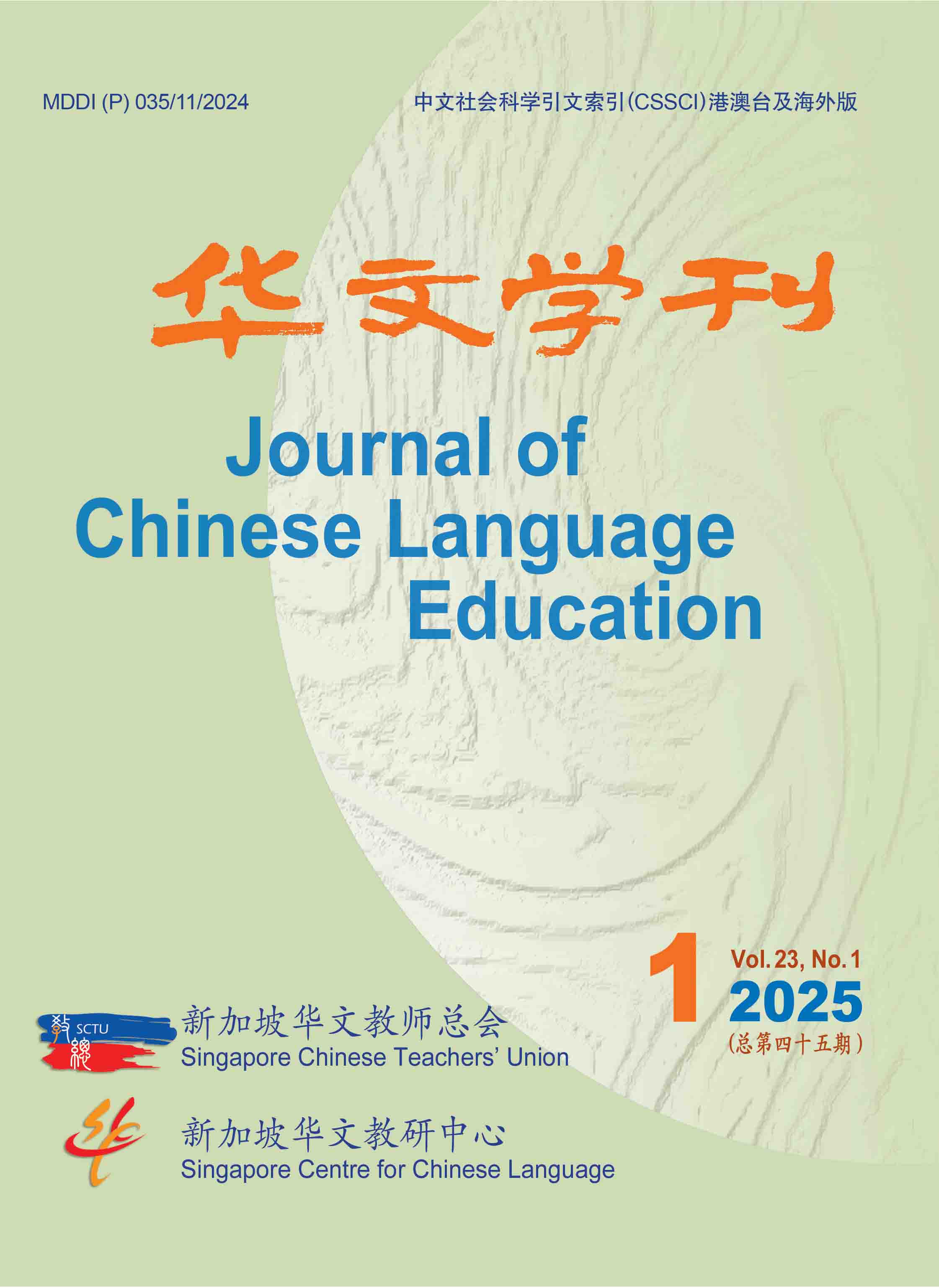Issues
The Journal of Chinese Language Education (JCLE) is a fully-refereed biannual academic journal published by the Singapore Chinese Teachers' Union (SCTU) and the Singapore Centre for Chinese Language.
JCLE focuses on theoretical and practical issues in teaching and learning Chinese as a second language. It has been officially included in the list of journals under the prestigious Chinese Social Sciences Citation Index (CSSCI) (Overseas). JCLE is archived on CSSCI website.


